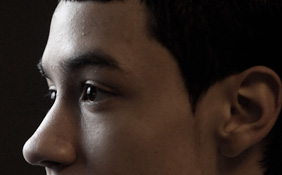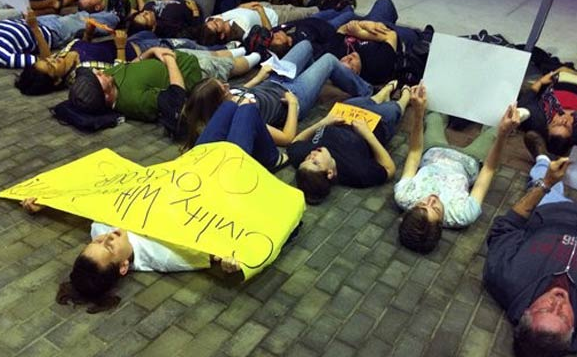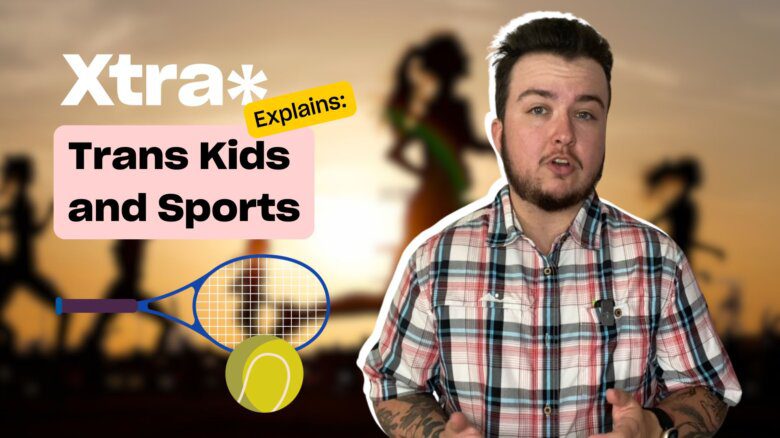It’s sad when it takes a spate of teenage suicides to wake
people up to the reality of the negative impact bullying has on gay teens’
lives.

By September 2010, at least six gay youth — all of
whom endured relentless taunting by their classmates — ended their own lives.
But it was the suicide of 18-year-old Tyler Clementi, a freshman at Rutgers
University, that made headline news around the world. Clementi jumped to his death from the George Washington
Bridge on Sept 22 after his roommate posted a video of him making out with
another guy.
The last known communication from Clementi was on his
Facebook page. His status update read, “Jumping off the gw bridge
sorry.”
Clementi’s death raised the alarm, and queers,
parents and educators stepped forward to address bullying.

Dan Savage, a sex educator and columnist, started the It
Gets Better campaign. Savage and his partner sat down in front of a video
camera and talked about being bullied when they were teenagers. Savage
hoped to capture the attention of a few people; instead, he captured the
attention of thousands.
Every day, videos are uploaded to the project from all corners
of the globe. The videos, whether of one person speaking or a group of
people singing, all deliver the same message — that it’s okay to be gay.
Pop culture has also done its bit to spread the word. Gay characters are popping up in TV shows like Glee, and Lady Gaga is becoming the world’s most fab gay
icon.
This week The New York Times released a series of articles on gay teens. Reporters contacted nearly 100 gay, lesbian, bisexual or
transgender teenagers from all parts of the United States. The teens came
from rural areas and urban centres, some from supportive environments and
others from hostile ones, but they all tell stories of where they are now in
life and where they want to be in the future.
“Coming Out” is
a multimedia project, with a different story each day of the week. The New York
Times articles say that the project is an “effort to better understand this
generation’s realities and expectations, and to give teenagers their own voice
in the conversation.”
 Why you can trust Xtra
Why you can trust Xtra


